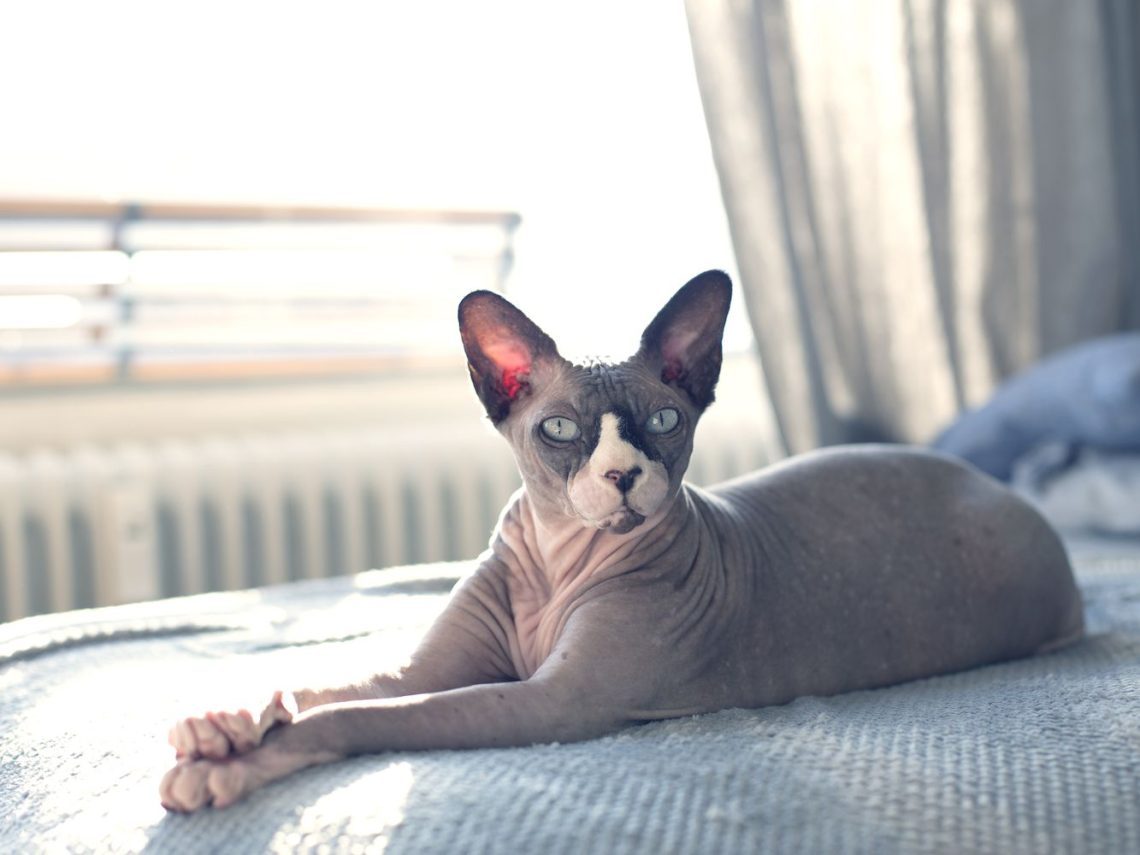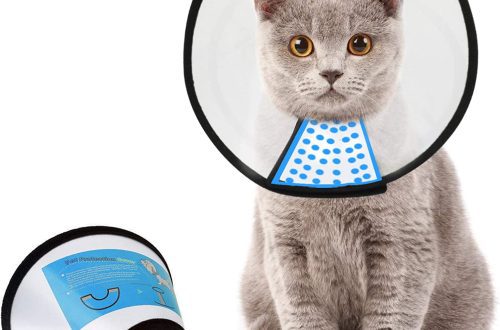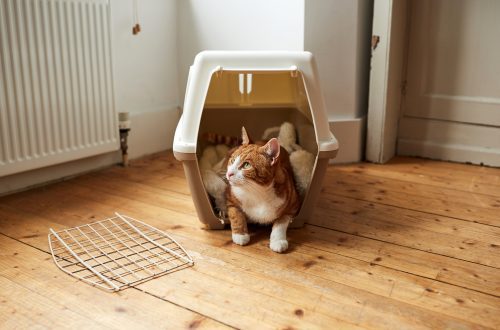
Sphinx: care and maintenance
Today there are three varieties of sphinxes: Canadian, Don and St. Petersburg. It is no coincidence that two of them were bred in Russia: here they are especially loved and honored. However, despite the popularity, there are many myths associated with the content of this breed. It is believed that these cats are often cold, very sickly and picky eaters. What is true and what is fiction?
History of the breed
There are legends about the origin of sphinxes. What lovers of mysticism and fantasy just do not come up with: from extraterrestrial origin to genetic engineering. But in fact, everything is much simpler. The Sphynx breed appeared as a result of a normal, natural mutation and was cultivated into a separate species. By the way, the Canadian Sphynx is considered the oldest. This breed is over fifty years old. Petersburg and Don sphinxes were bred later, about twenty and thirty years ago, respectively.
By the way, the name of the breed is a real reference to Egypt. Hairless cats were especially revered in the ancient world, they were often depicted in frescoes. For this similarity, the bred breed was named the Sphinx.
Skin care
Everyone knows Rudyard Kipling’s expression that a cat walks by itself. But this does not apply to sphinxes. They are so attached to the owner that they cannot exist on their own. Moreover, this is also impossible due to their special structure.
Sphynx have sensitive skin, which develops a brown coating over time. It can provoke the development of skin diseases. Veterinarians strongly recommend bathing Sphynxes and wiping them with wet wipes about once every two weeks. It is important to use special shampoos for this breed and wipes that do not contain alcohol, otherwise you can easily burn the pet’s delicate skin. By the way, these cats are very fond of swimming, especially if they are accustomed to water procedures from childhood.
In summer, sphinxes prefer to bask in the sun, but the cat should not be allowed to be in direct sunlight.
Sphynx skin tans easily, and prolonged exposure to ultraviolet light can cause burns.
Cold is the enemy of the breed
Sphynxes are very sensitive to low temperatures and prone to colds. It is important to prevent drafts and a long stay of the cat in a cold room. After bathing, the Sphynx must be dried with a towel so that it does not catch a cold.
Some representatives of the breed can freeze indoors at temperatures below twenty degrees. In such a case, you should have warm clothes for the pet and an insulated version of the house.
Diet
One of the myths about sphinxes is related to the nutrition of these cats: it is believed that they are very fastidious and squeamish. In fact, the opposite is true. The accelerated metabolism inherent in the breed made the Sphynx lovers to eat. And not just like that: they need energy to maintain body temperature. It is advisable to feed the cat with food specially developed for the breed. For example, Royal Canin Sphynx is suitable for animals over 12 months old. It takes into account all the nutritional needs of hairless cats.
The owner of the Sphynx must strictly follow the recommendations of the veterinarian regarding feeding. Otherwise, you can easily bring the pet to obesity.
Sphinx is a cat, the content of which requires care and care from the owner. But the main thing that should surround a pet is love and affection. Only then will he be truly happy.




